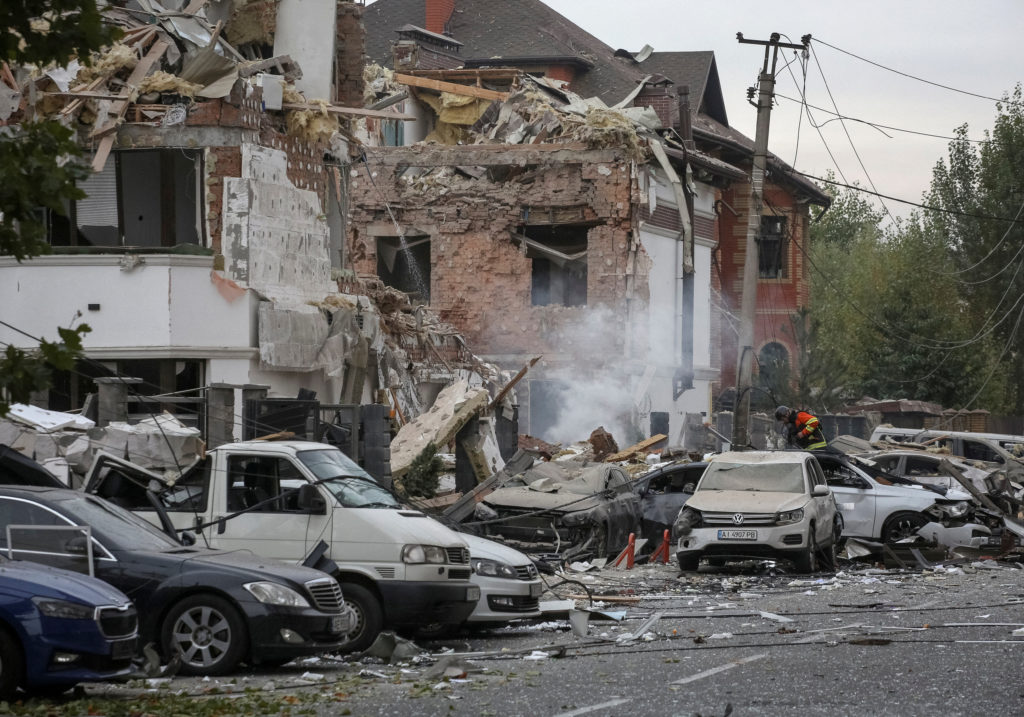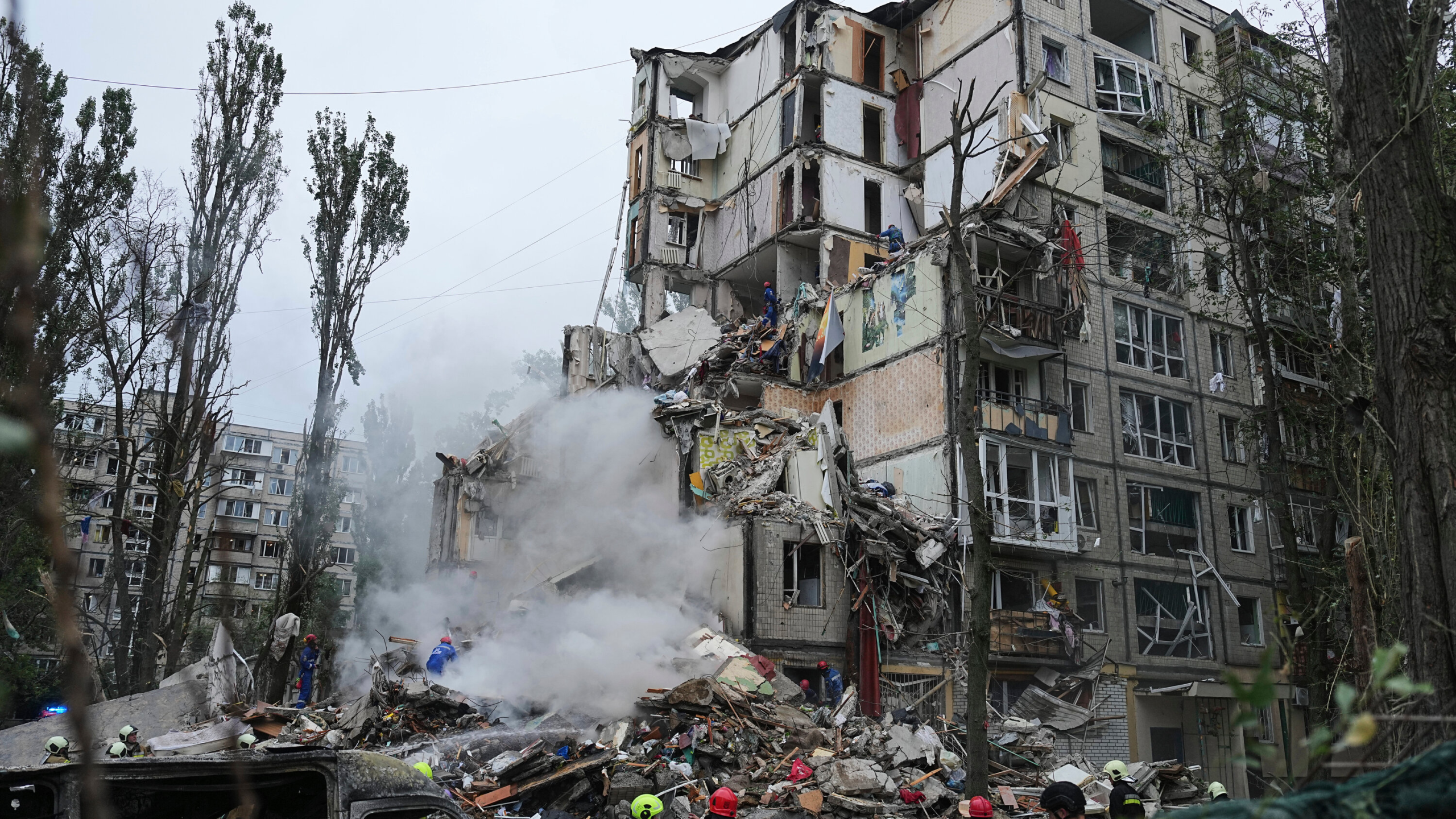RUSSIAN DRONE AND MISSILE BARRAGE HITS KYIV, KILLING SIX AND WOUNDING DOZENS

Civilian neighborhoods hit in overnight assault on Ukrainian capital
Russia has launched a fresh overnight barrage of missiles and drones against Kyiv, killing at least six people and injuring more than 35, according to Ukrainian officials. The attack ripped open high-rise apartment blocks, set cars and buildings on fire and sent residents fleeing to underground shelters as explosions echoed across the city in the early hours of Friday. Mayor Vitali Klitschko said debris fell across multiple districts, while emergency crews worked through the night to rescue people trapped under rubble and extinguish blazes. Ukrainian authorities said a pregnant woman and several children were among the wounded, highlighting once again how densely populated areas remain on the front line of the war.
Ukrainian President Volodymyr Zelenskyy said Russia used a mix of cruise missiles and waves of explosive drones aimed largely at the capital, while also striking the southern city of Odesa and the industrial hub of Kharkiv in the northeast. Kyiv’s air defenses managed to intercept many incoming targets, but several projectiles still slammed into residential blocks, shattering windows and tearing off balconies. Residents described waking up to air-raid sirens and then the dull thud of impacts, followed by the crackle of fires and the smell of smoke hanging over the city. For many in Kyiv, the latest attack revived memories of earlier phases of the full-scale invasion, when large-scale aerial strikes on urban centers were a regular occurrence and winter power cuts became routine.

War pressure and energy grid under strain
Ukrainian officials say the new barrage is part of a broader Russian effort to exhaust air defenses and systematically weaken the country’s energy grid ahead of winter. In previous cold seasons, Moscow repeatedly targeted power plants, substations and heating infrastructure, leaving millions without electricity and heat in freezing temperatures. Friday’s strikes again hit near energy facilities around the capital, though authorities said emergency repair teams were working to keep outages limited and short-lived. The attack also comes as Ukrainian forces face growing pressure on the front lines, with ammunition supplies tight and Western military aid packages delayed or bogged down in domestic political debates.
Kyiv insists that continued foreign support for air defenses is critical to protect civilians and prevent Russia from turning the winter into another weapon of war. Zelenskyy renewed calls for additional missile-defense systems and interceptor stocks, arguing that every successful interception prevents not just physical destruction but also mass displacement as families decide whether they can safely stay in their homes. For residents of Kyiv, the immediate priority remains basic safety: knowing where the nearest shelter is, keeping emergency bags packed and staying alert to the nightly pattern of sirens and alerts that has come to define life in a capital under frequent threat.





















